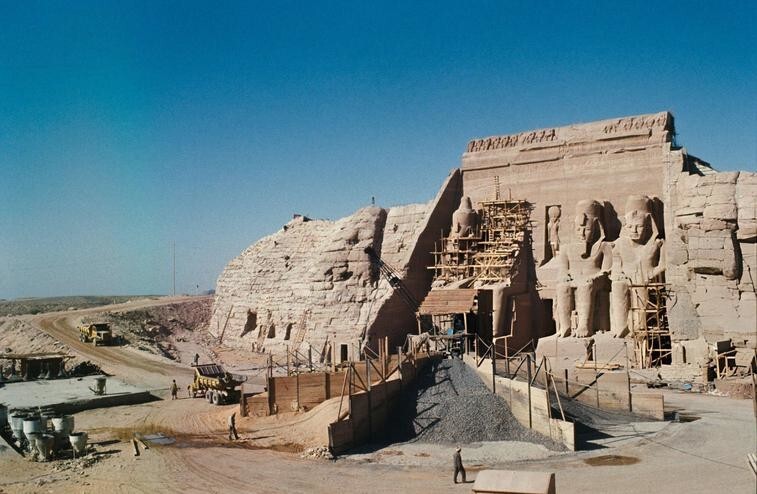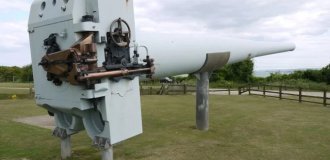How Egyptian temples were moved (34 photos)
This is the story of how the ancient temple complex of Abu Simbel in Egypt was saved from flooding in the 1960s and moved to another site. 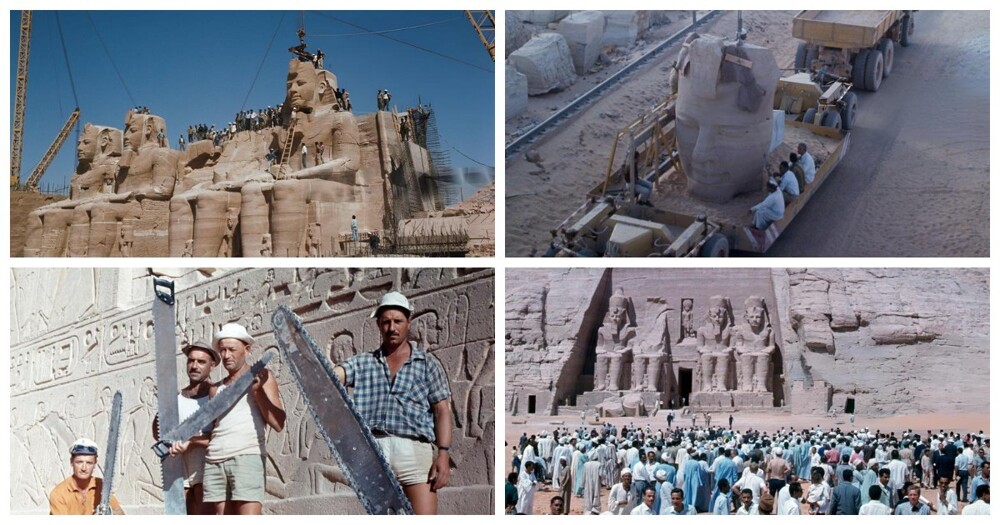
Two temples carved into the rock of Abu Simbel during the reign of Pharaoh Ramesses II in the 13th century BC. e., located in southern Egypt. In 1960, construction began on the Aswan Dam, and as a result, the ancient structures were threatened by rising Nile waters. In the 1960s, there was a massive international effort to rescue and relocate them.
The threat posed by the Aswan High Dam
The construction of the Aswan High Dam was a major development project aimed at controlling floods on the Nile, generating hydroelectric power, and increasing water supplies for agriculture. However, the creation of Lake Nasser, a massive man-made reservoir, posed a serious threat to several ancient Egyptian temples, including the Abu Simbel complex, which was to be flooded once the dam was completed.
International reaction and UNESCO participation
Recognizing the cultural and historical significance of Abu Simbel, UNESCO launched a global appeal in 1960 to raise funds to save the temples. This call to action was one of the first major international efforts to preserve cultural heritage. Countries around the world contributed to the campaign, demonstrating a unified commitment to saving these ancient monuments.
Engineering feat
The relocation process, which took place from 1964 to 1968, was a remarkable feat of engineering. The two temples were carefully cut into large blocks, some of which weighed up to 30 tons. These blocks were then carefully disassembled, moved and reassembled on a specially built artificial hill of domed steel structure, approximately 65 meters higher and 200 meters further from their original location, ensuring their safety.
One of the most difficult challenges was maintaining the orientation and spatial relationships between the two temples. The project involved not only physical relocation, but also extensive archaeological research to ensure that every carved stone and statue would be placed exactly as before.
1. Four 20-meter statues of Pharaoh Ramesses II (as well as the gods Amun, Ra-Horakhty and Ptah in the guise of Ramesses II) in 1964, before their transfer 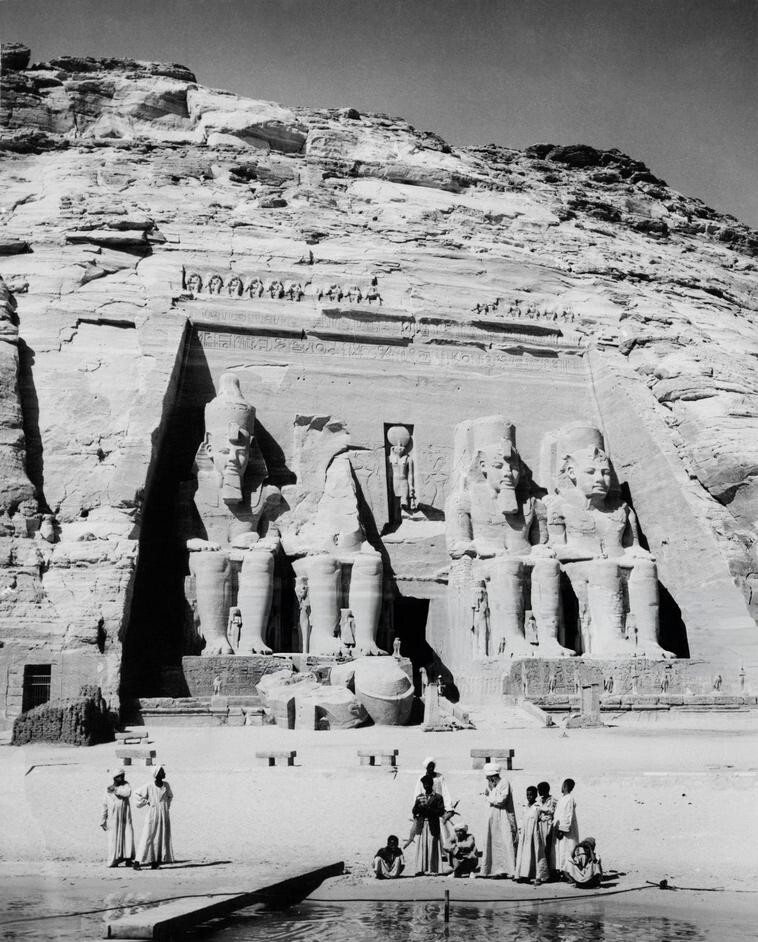
2. Dismantling of statues in Abu Simbel in 1964 
3. Stone heads of statues, disassembled into parts for moving 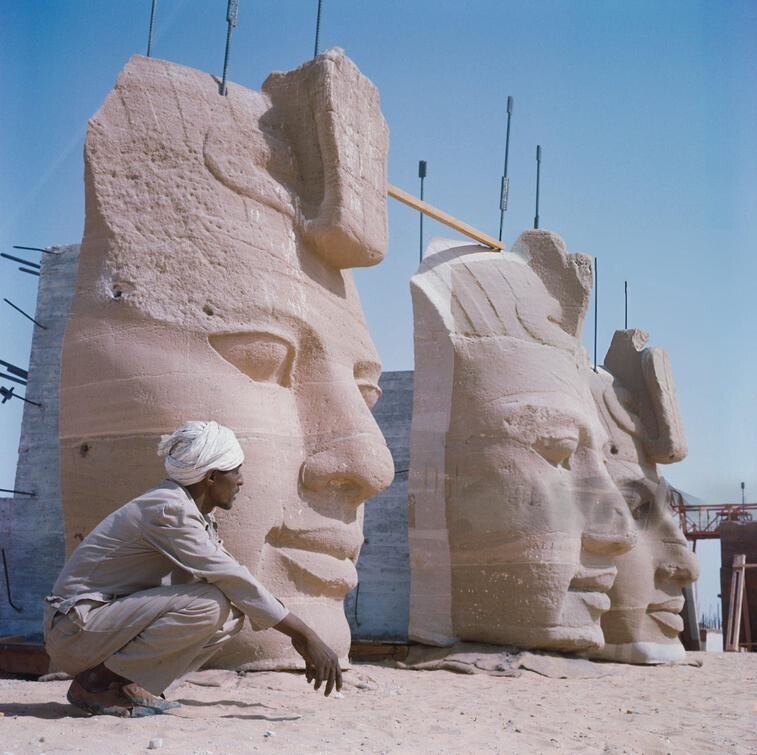
4. Here and below - how the ancient temple of Abu Simbel was moved in 1967 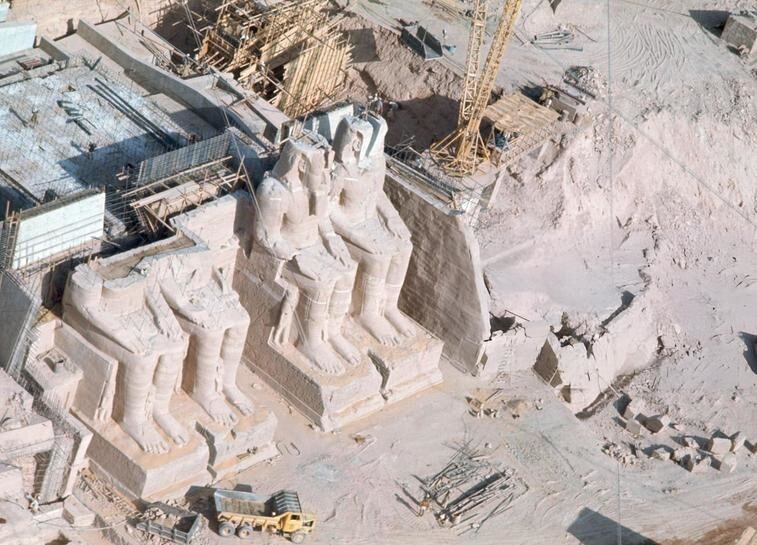
5. 
6. 
7. 
8. 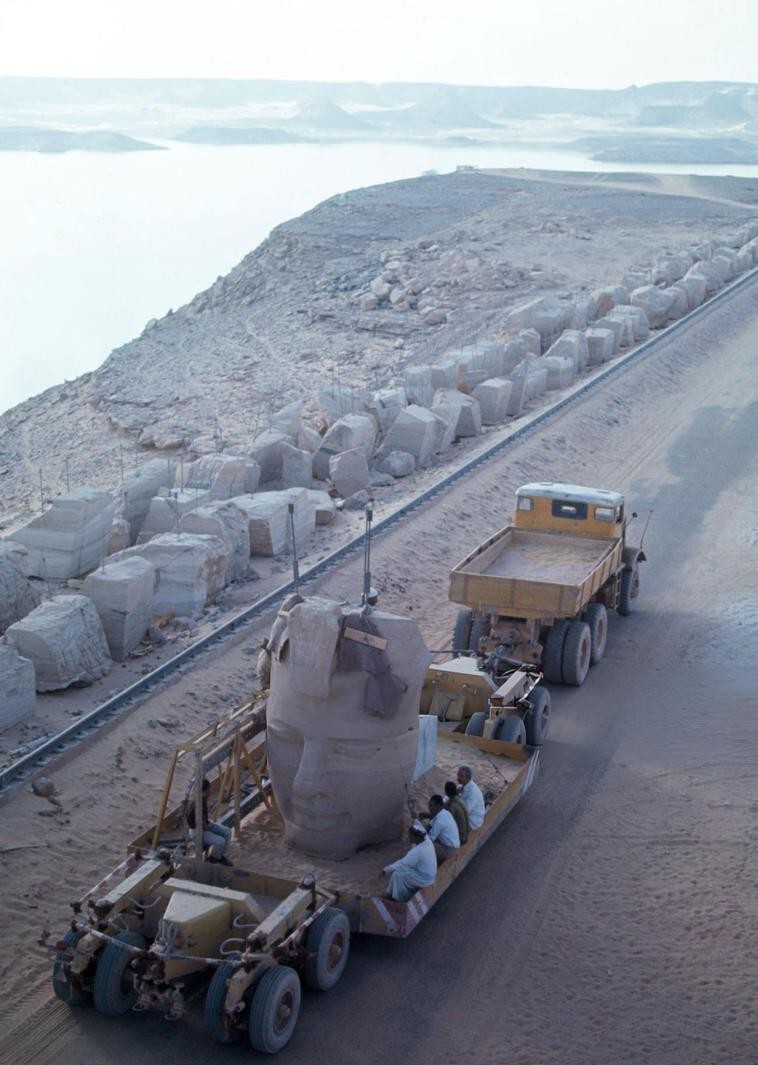
9. 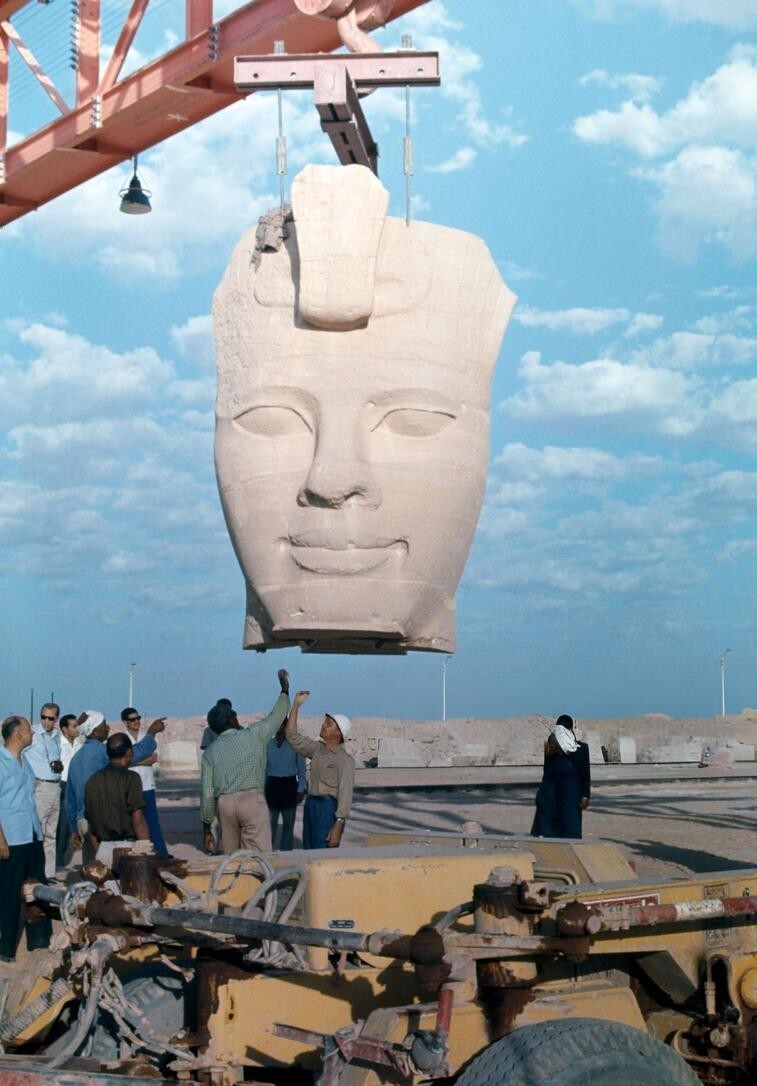
10. 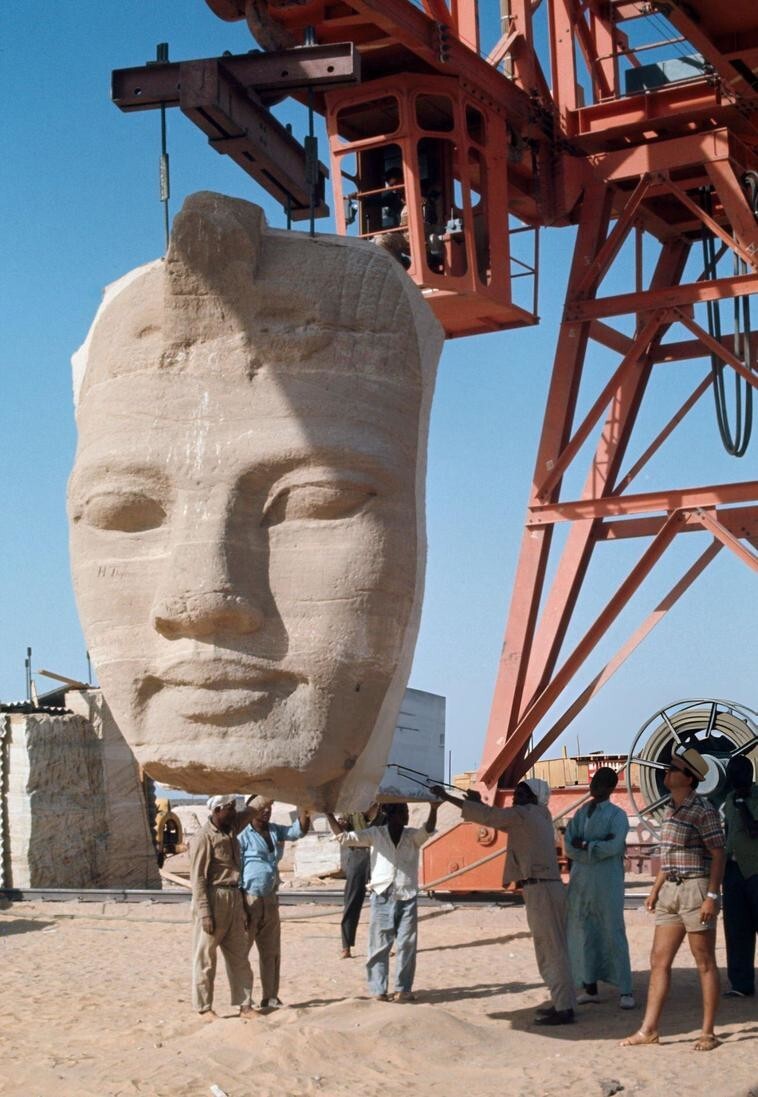
eleven. 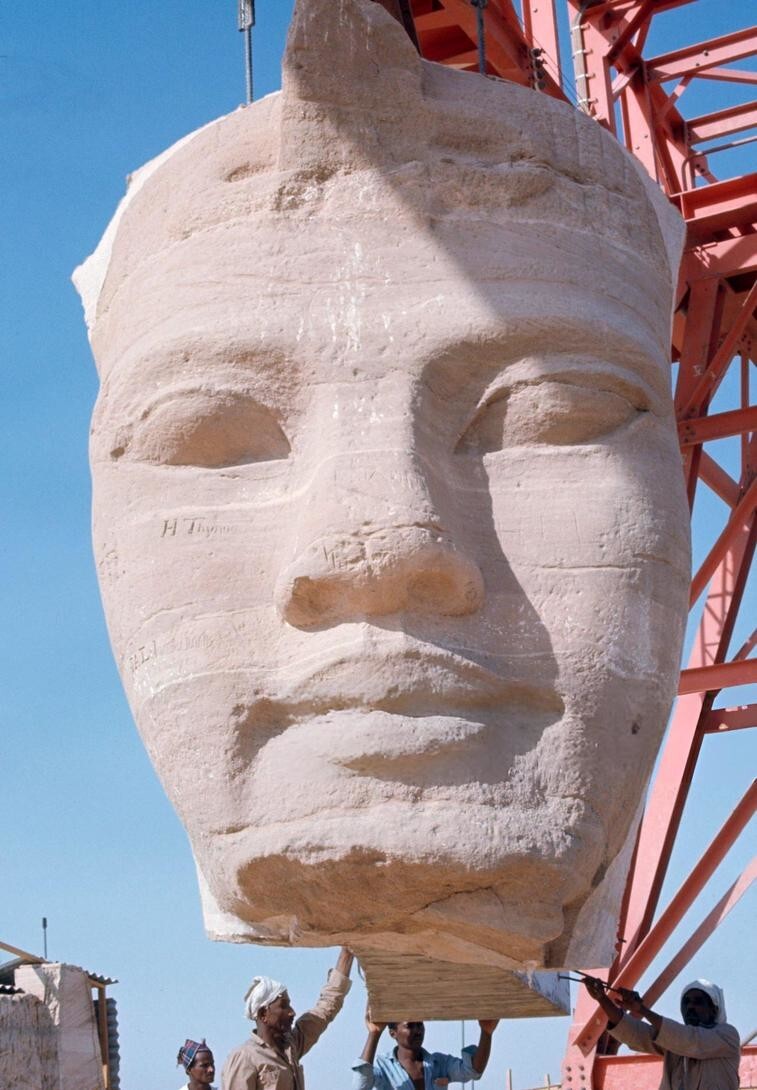
12. 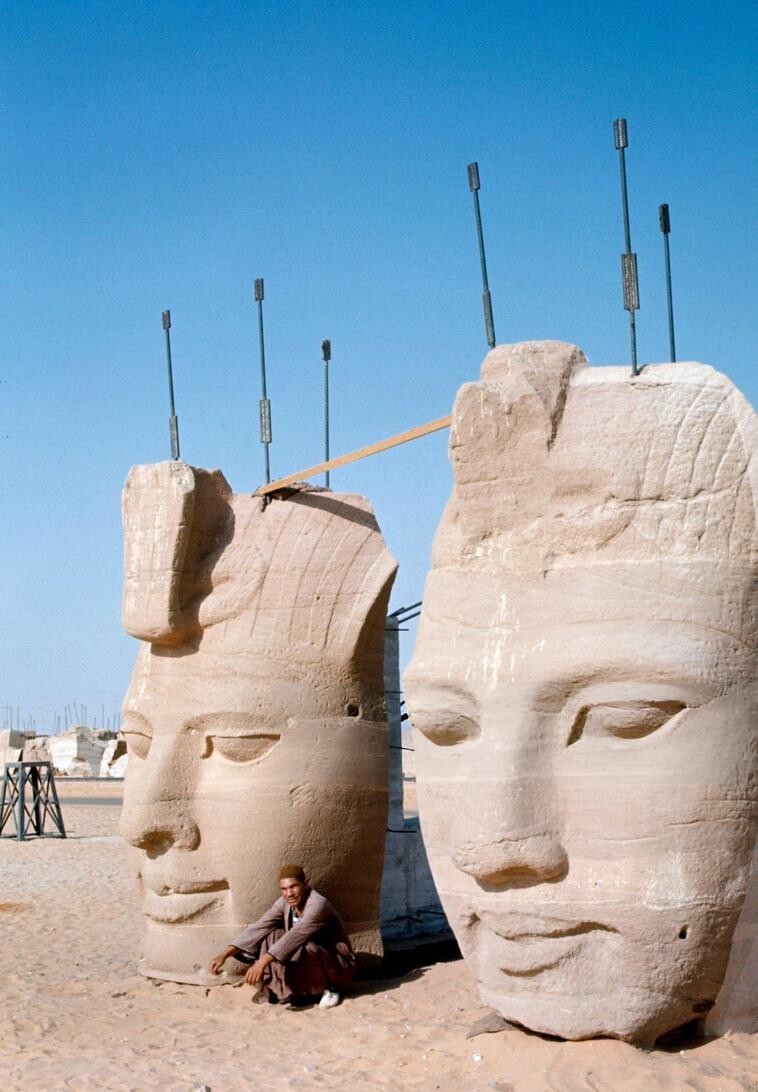
13. 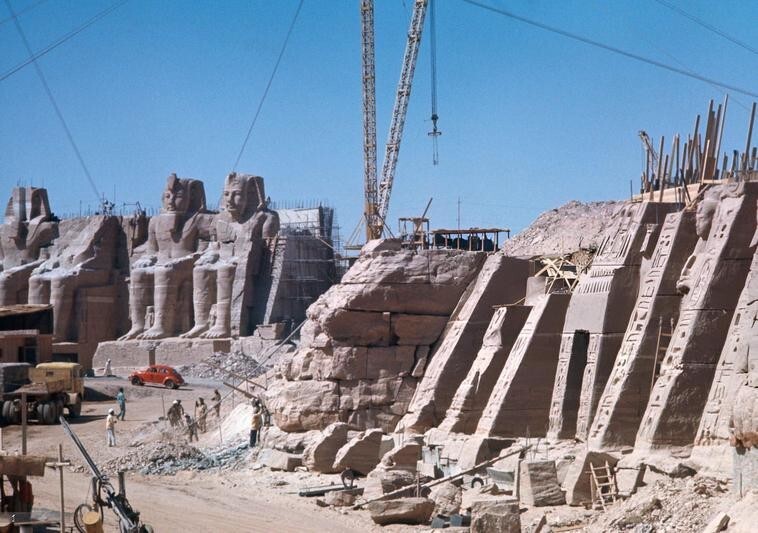
14. 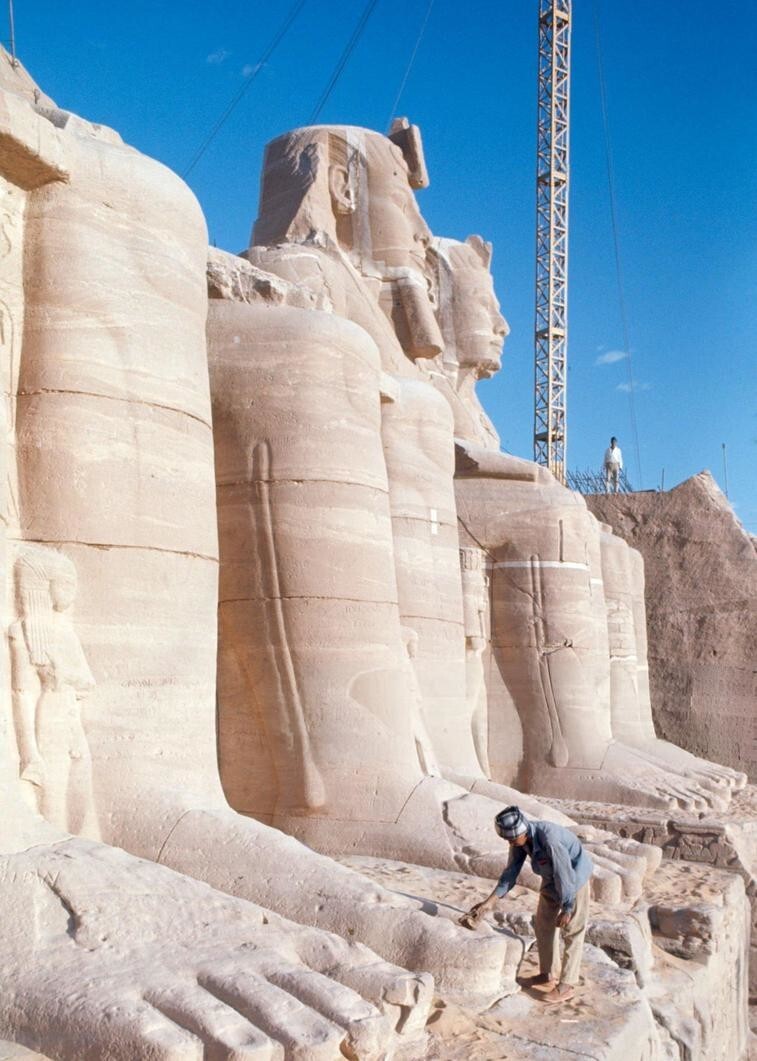
15. 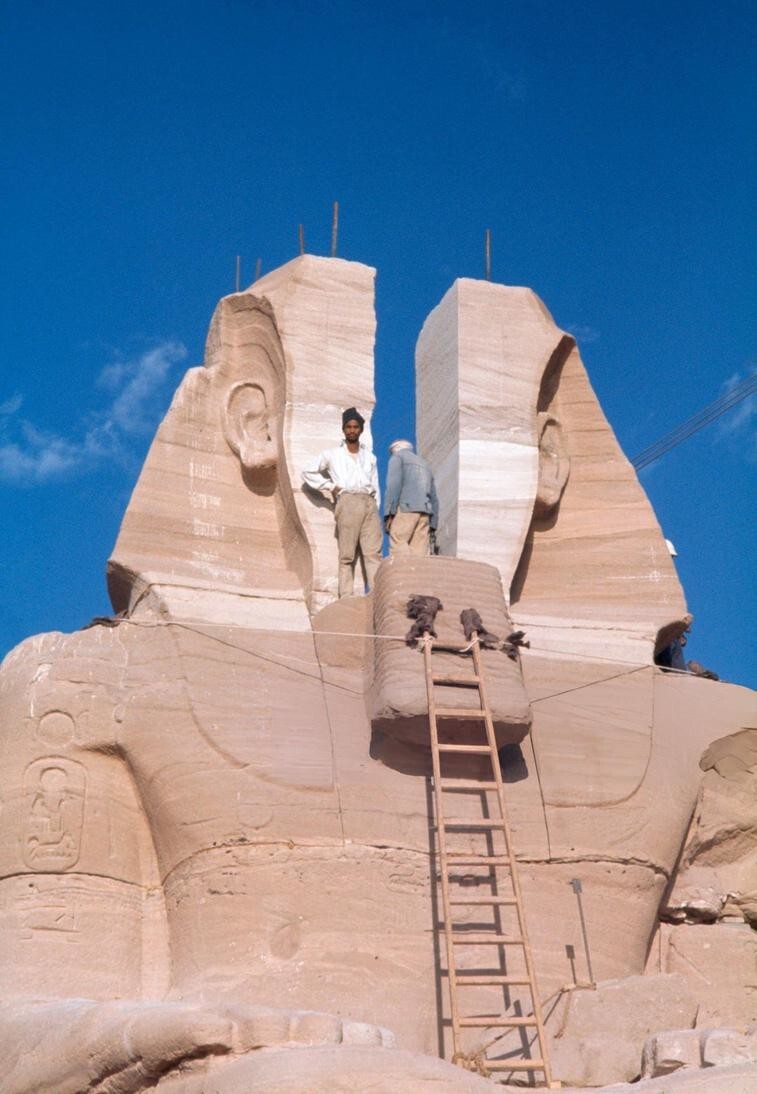
16. 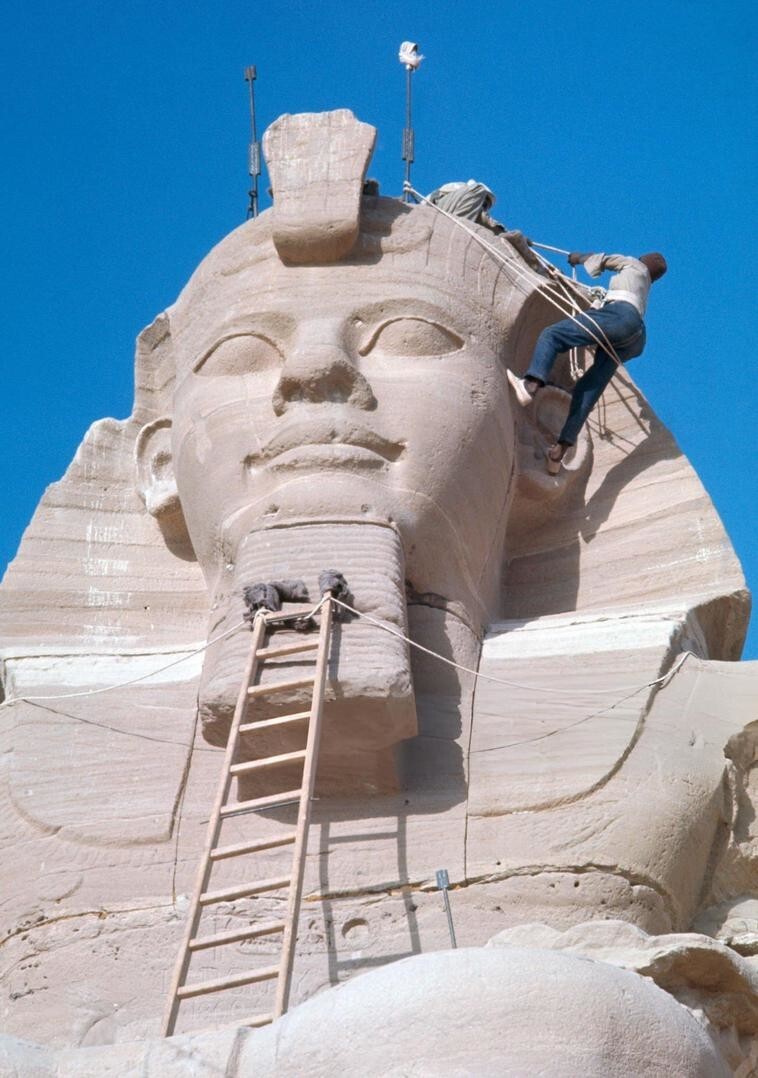
17. 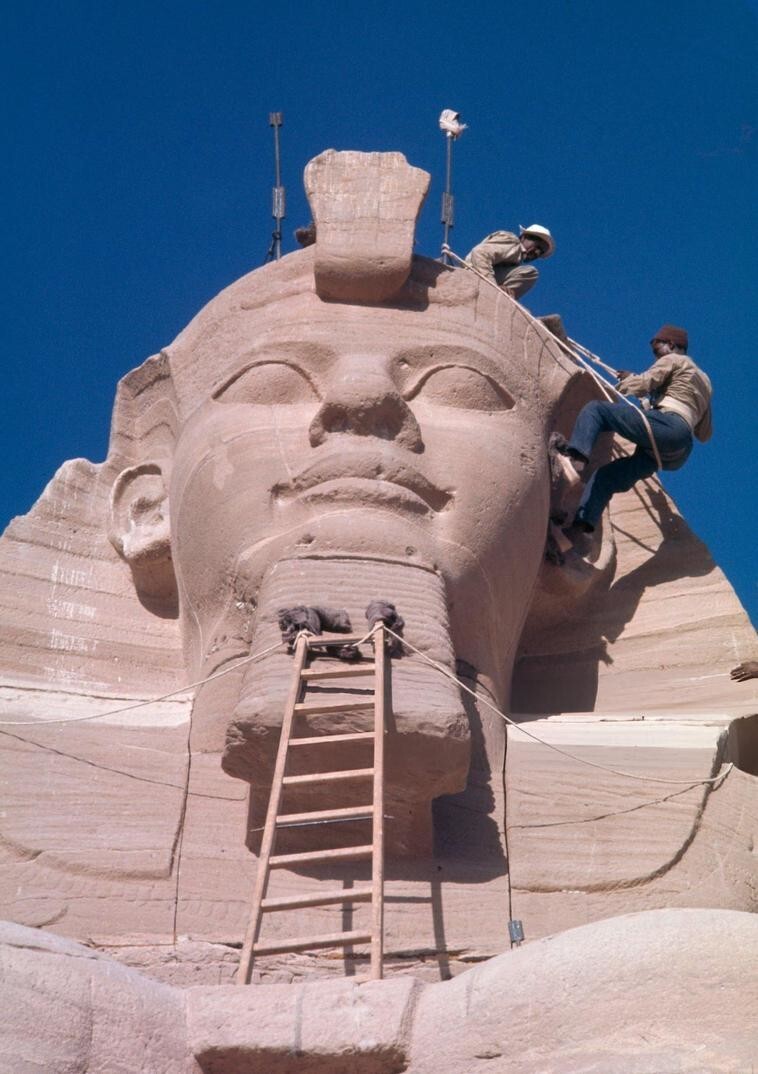
18. 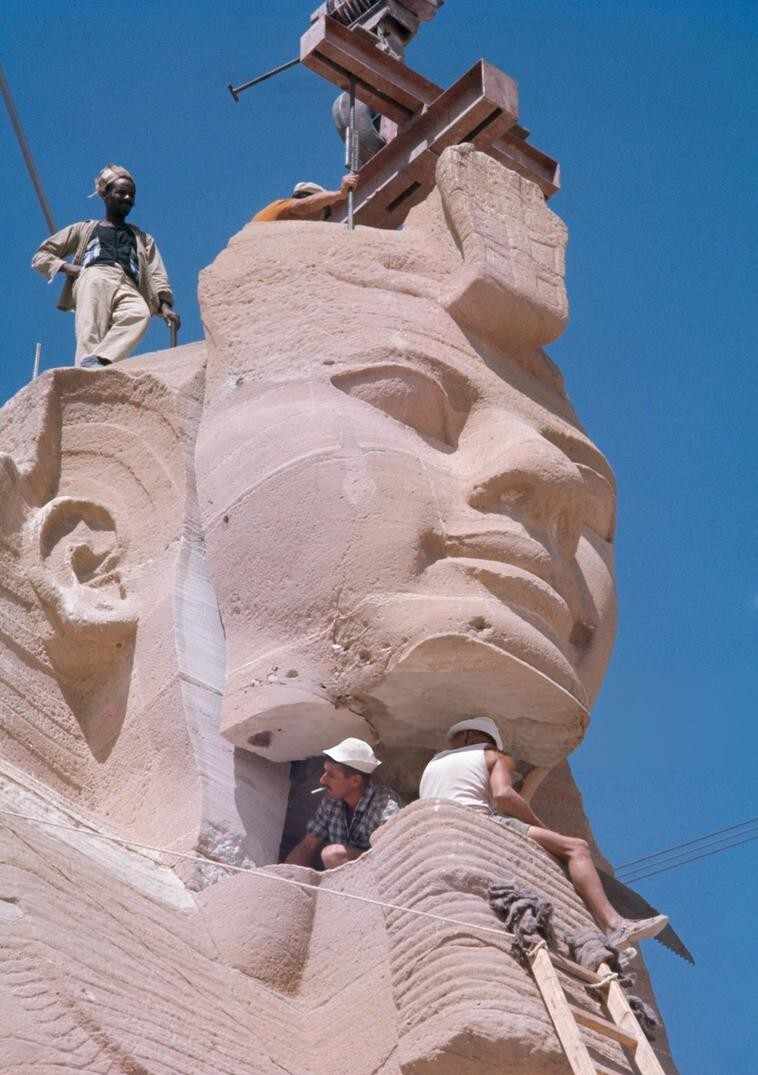
19. 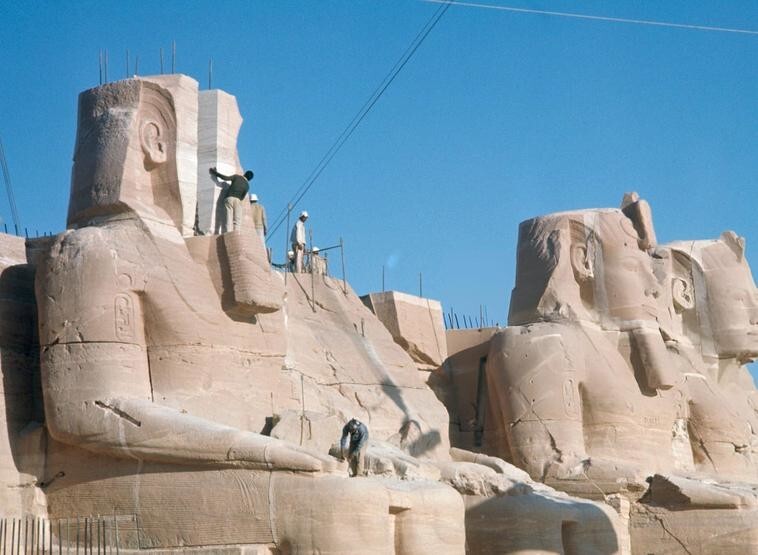
20. 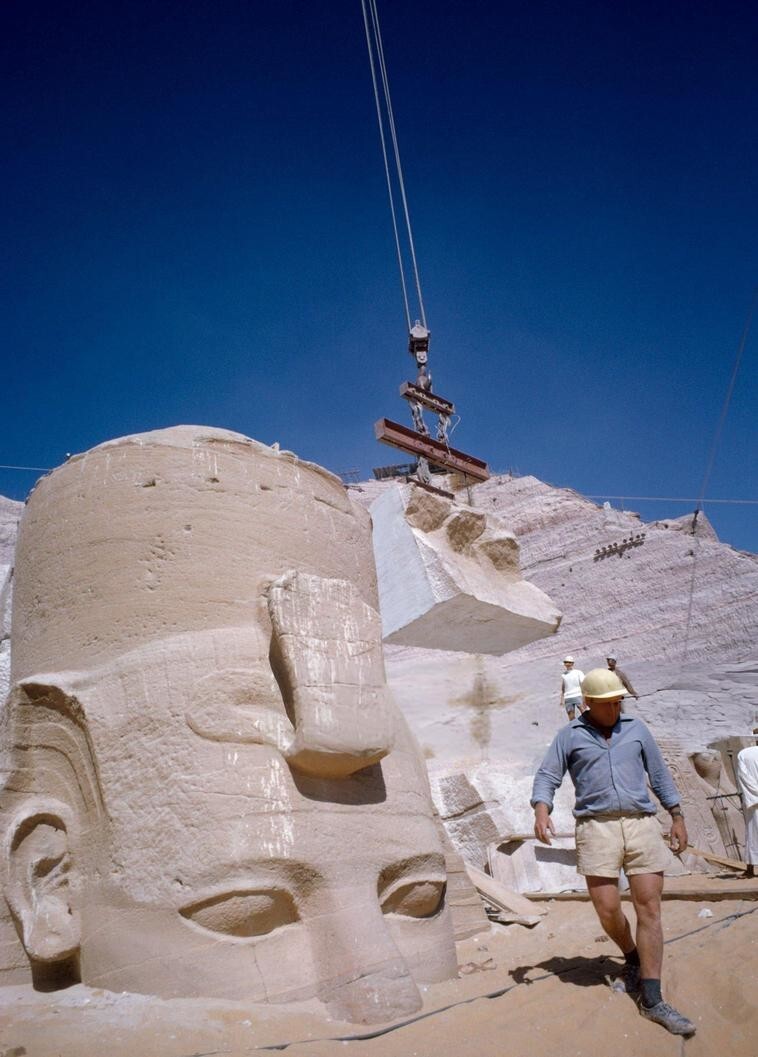
21. 
22. 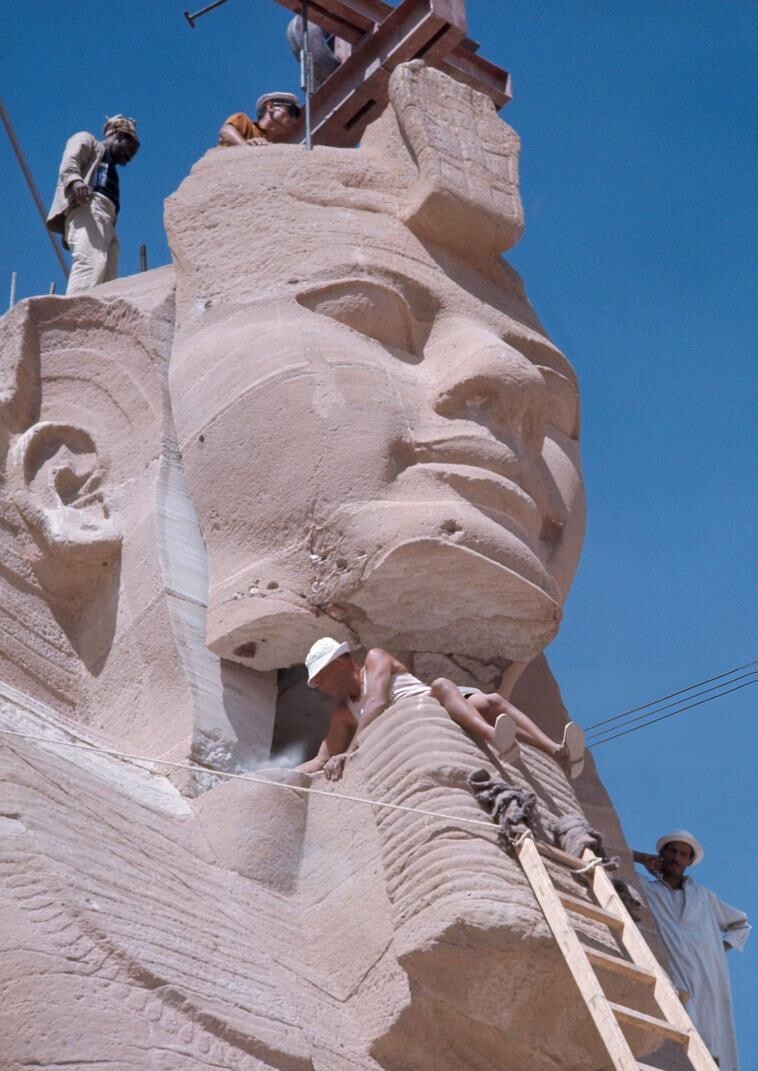
23. 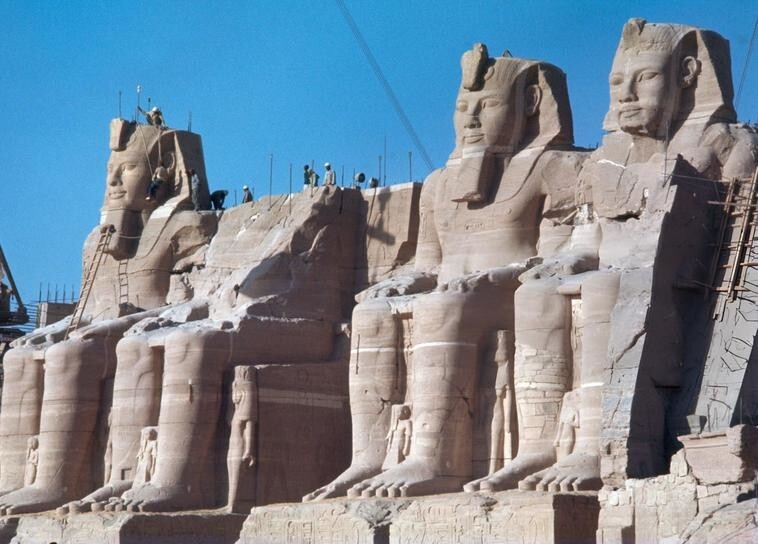
24. 
25. 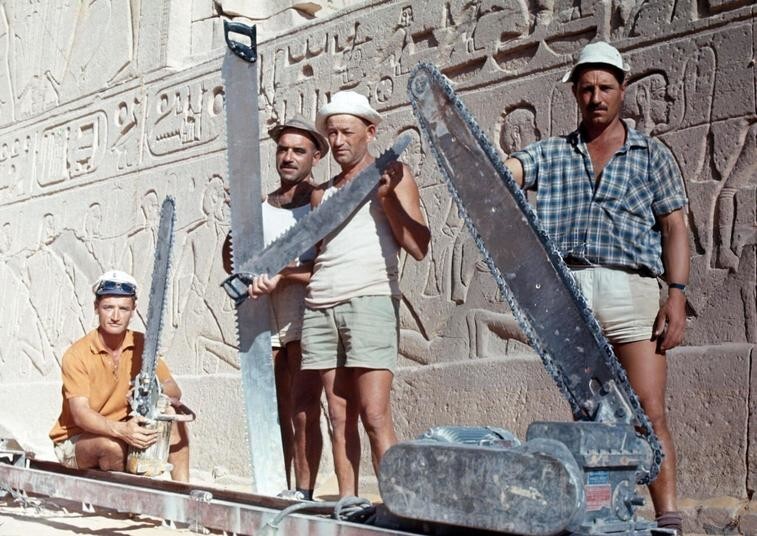
26. 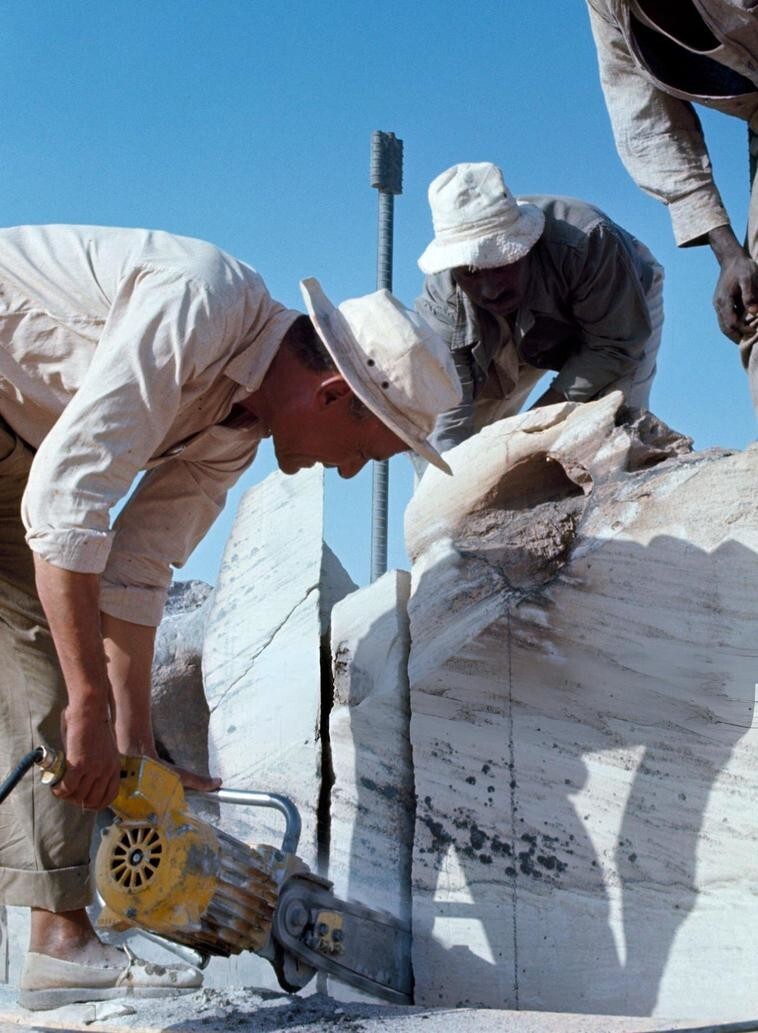
27. 
28. 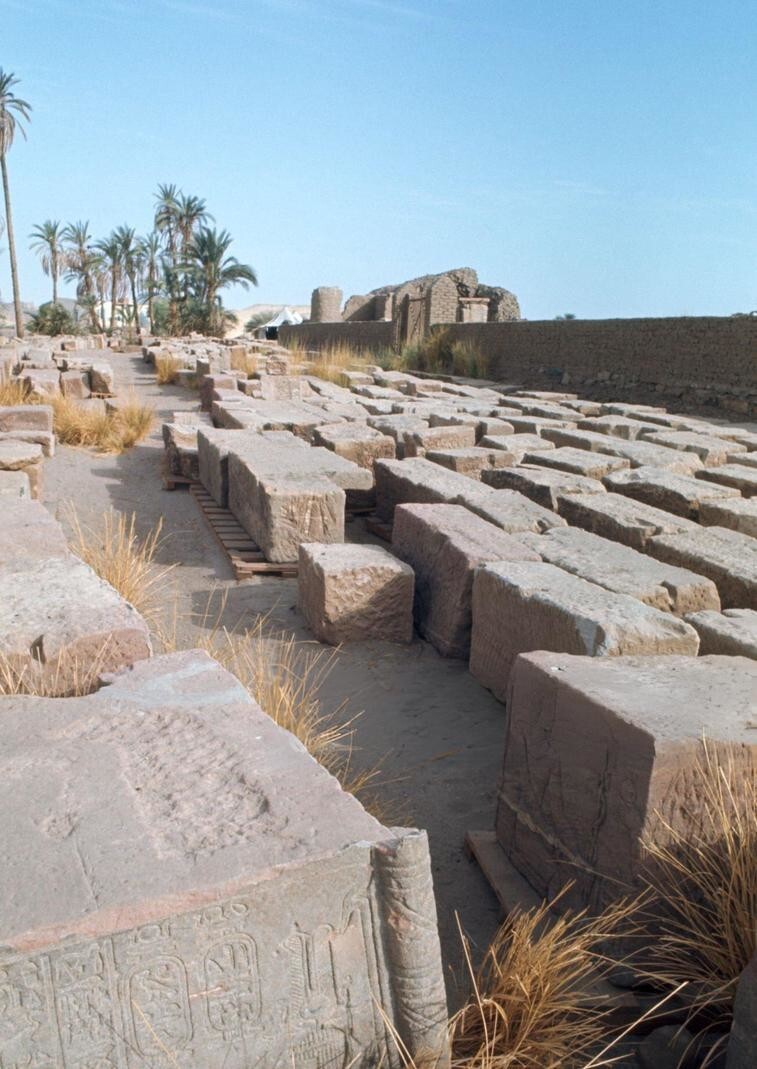
29. 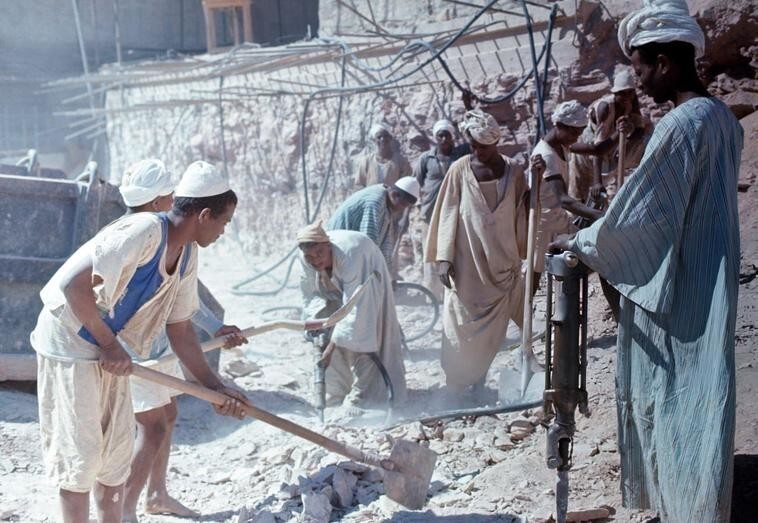
30. Celebrating the relocation of the Abu Simbel Temple in 1967 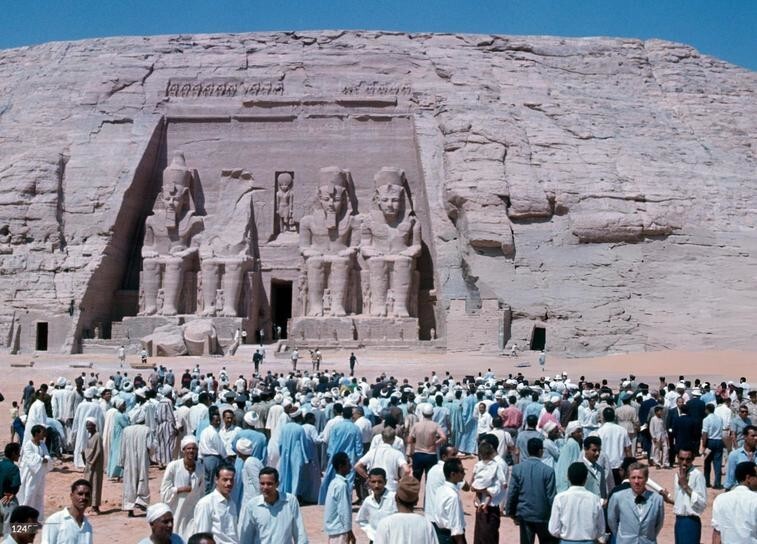
31. 
32. 
33. Reconstruction of the statues of Pharaoh Ramesses II in Abu Simbel in 1968 